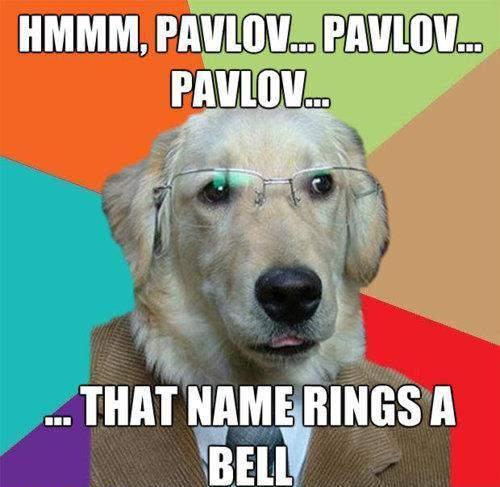Introduction
Proxies
The following proposal refers to the hypothesis that people with OCD rely on external cues and proxies to compensate for a deficiency in subjective conviction (according to Dar and Liberman's ISF proposal from 2007, available by request). This is to suggest that obsessive-compulsive individuals develop proxies – external indicators of internal states – to compensate for the attenuation of direct experience.
Virtual Experience
A common incidence of people using external indicators of internal states in order to compensate for the attenuation of direct experience could be seen in virtual experiences. These experiences are the lot of those who interact with computer games and social networks, as they would interact with real people in real life.
For example, on the social network Facebook, a person can befriend others. The subjective experience of friendship, with all its timid sensitivity, search for mutual signs, the low commitment joint lunch or unnecessary phone calls on mundane issues, and later trust and mutual good times that might constitute friendships in real life, are substituted with an algorithm based suggestion of possible friends, a profile picture, a friendship suggestion message, a confirmation and a mutual news feed of mundane online activities. Diffused experiences are emulated by concrete virtual events.
In such a virtual realm, people exchange subjective opinion by pressing a "Like" button, they visit places by checking in to them with a GPS based application, or by tagging their pictures. These actions are compiled into their profile, which represents their virtual self. Virtual profiles become the proxies by which people constitute their subjectivity – they represent what they like, what they wish for, and who they are.
The virtual experience as an emulator of real experience is not the opposite of real experience. Virtual is not false, it is unreal – it takes over the real in a way that makes us question what is real. This is exactly the playing field in which proxies replace direct experience.
Hypothesis
It would be my suggested hypothesis, that people who have more OC characteristics, would also rely more on virtual experiences to replace direct experiences. Specifically, that people who score high on OCI-R would also be more active on Facebook.
Method
Procedure
Participants will be sent a link to subscribe for a Facebook personality quiz application. In order to subscribe the users will give permission to access their Facebook profile information. The participants will fill out the OCD quiz (actually OCI-R). The participants will approve the terms of conditions and submit the quiz. After submitting the participants will receive feedback on their OCI scores.
Participants
100 participants should be recruited online, via link to the Facebook application page. The participants will be motivated to fill the forms by promise of OCI score feedback. Participants may be familiar with the experimenter as Facebook friends. In the terms and conditions, the participants will be guaranteed that their name, contact details and any indentifying data will not be used in any public forum, and that quiz is sponsored by the Tel Aviv University for research purposes, and sanctioned by the Helsinki committee.
Measures
A Facebook application will be created to administer OCI-r to participants, and receive data on their Facebook activity. The application will be advertised by banner, and a caption that call participants to fill out a personality quiz. Alternatively the application could also be reached via link which will be passed to possible participants via Facebook messages and posts.
See an illustration of a banner that would lead a user to the application:
See an illustration of the participant consent to provide the application with profile details:
See an illustration of the web format of the OCI-R test:
See an illustration of participant feedback:
Results
Results are expected to show that high OCI is in correlation with the number of parameters the user specifies in the profile, and the frequency in which these parameters are updated. Specific parameter values will also be tested to see correlations with OCI scores and provide insight for future studies.
Discussion
If the results show that indeed high OCI is in correlation with high elaboration level and frequent updates of Facebook profile, it would allow suggesting that virtual experiences serve people with OC tendencies more than they serve the easygoing characters.
As Facebook applications are not commonly used in academic research, Facebook profile parameters are not yet researched as valid constructs of human psychology. This point is the major weakness of this proposal, but also the greatest prospect of it, as the first voyage to uncharted territory is a significant one because it is plotted with uncertainty.







